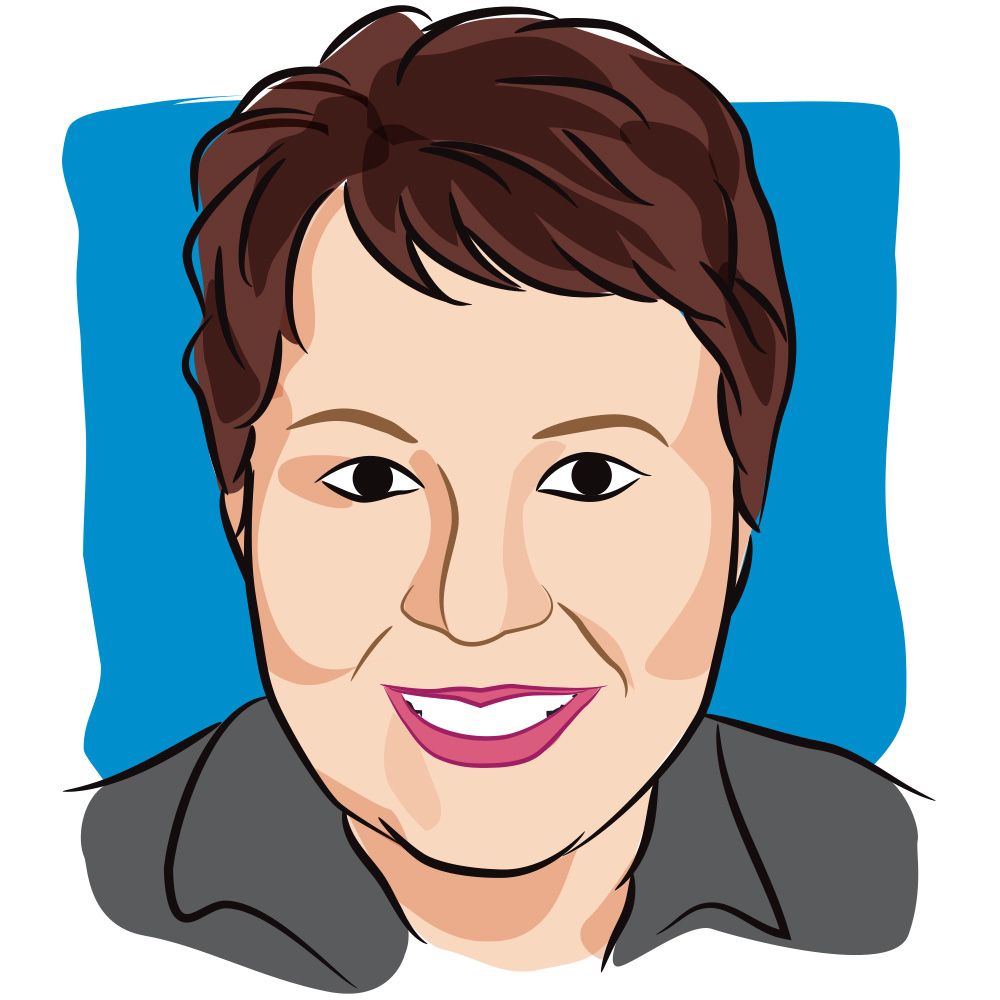Article
Crash and Burn
Author(s):
When all the defenses we put up have fallen you experience "crash and burn", the stage of acceptance that hurts the most but can heal you the best.
Three years after my diagnosis, I hit what my support group identified as Crash and Burn— that wonderful time when all the defenses against what we have been through seem to crack, and all the pain we have been trying not to feel comes crashing through.
It’s a violent image — crash and burn – but I have come to embrace it as the necessary point for all of us to begin . . . well, something. A new view of life, feeling the pain they have been stuffing, or, for some, feeling anything at all.
For me the significance of this time is clear— it was for me the summer when I finally realized that I had to face the idea I might die. I have come to believe that it’s a point we all have to get to in order to find that new way of living that is life after cancer.
It’s a terribly scary place to be. I have likened it to sinking in a swimming pool and wondering if you will drown before your foot hits the bottom, but you kick-off for the surface and a new life. It’s deciding to go all the way to the bottom and get it over with.
Or, in my case, it was a matter of being dragged to the bottom in a bucket of tears that wouldn’t stop.
The summer of the great flood, we called it around my house. I couldn’t stop crying and had no clue why. I thought it was over, yet I was well.
I was shut down. It was time to start living again with all my emotions. It was time for the fear to go away — or be integrated into my life.
It was time for Crash and Burn.
Since it took me three years, I crashed harder than some women I know. Actually, most women I know. Some are able to embrace the fear and feeling to get to the heart of the pain during treatment. Most say it was the year after treatment ended. Few held on as long as I did. This was partly due to my lack of psychosocial support. Everyone in my family was ready for me to be over it, to move on, to find the new normal. Clearly, I couldn’t, and wouldn’t did not have anything to do with it. I wanted to be healed and stop imagining my funeral.
So, I crashed in the summer of 1989, a few months short of my three-year anniversary.
The tears that wouldn’t come before, now wouldn’t stop. It felt terrible, it felt great. I thought about dying all the time — I wanted to live more than anything. I felt totally crazy and out of control. What the hell was going on?
It was time to do the work. I had an appointment with my surgeon for a checkup and as soon as she told me I was fine, I burst into tears. Surprise.
We talked and she told me that she had come to understand that there was more to this than taking off a breast and chemotherapy. She had added a therapist to her staff and she wanted me to go talk to her.
Anything, I would do anything to stop feeling this way.
I started the next week in a support group with an amazing therapist and some of the most wonderful women in the world. Since the group was just getting started, I was definitely the furthest out at three years.
My group had divided the time to recover into stages. There was the rabbit caught in the headlights (you hear the news and are immobilized), then came doctor bonding (you have found an oncologist and he/she says there is a plan). Then comes fine, fine, when you tell everyone you are fine because they tell you that you look so good. The last stage was crash and burn when all your defenses are gone and only raw feeling is left. Most were still in doctor bonding or fine, fine — Their facades were unbroken, and they looked fine.
Me, I was in Crash and Burn and did nothing but cry. They looked at me with a combination of sympathy and fear, hoping that this strange, crying woman was not their fate.
And then it happened. One of them hit Crash and Burn
The first night Judy started asking me about these strange feelings she was having — even, I think, saying she felt like she was drowning in her own emotions, I thought to myself, “I am not crazy, I am not crazy. This is part of what is supposed to happen.”
She was my affirmation and I was her guide through these perilous times. We were there for the next woman and the next, reaching back to pull them through the pain and let them know they were not alone.
It was the worst part of cancer for me — and the best. Because when you crash and burn you get to begin the process of reinventing yourself. Like the Phoenix, you rise from the ashes to live a new life.
When most of us had gone through all the stages, we decided to name them so we would understand where someone was. The next woman who joined the group announced that she was just fine.
She probably wondered why we all started laughing.




